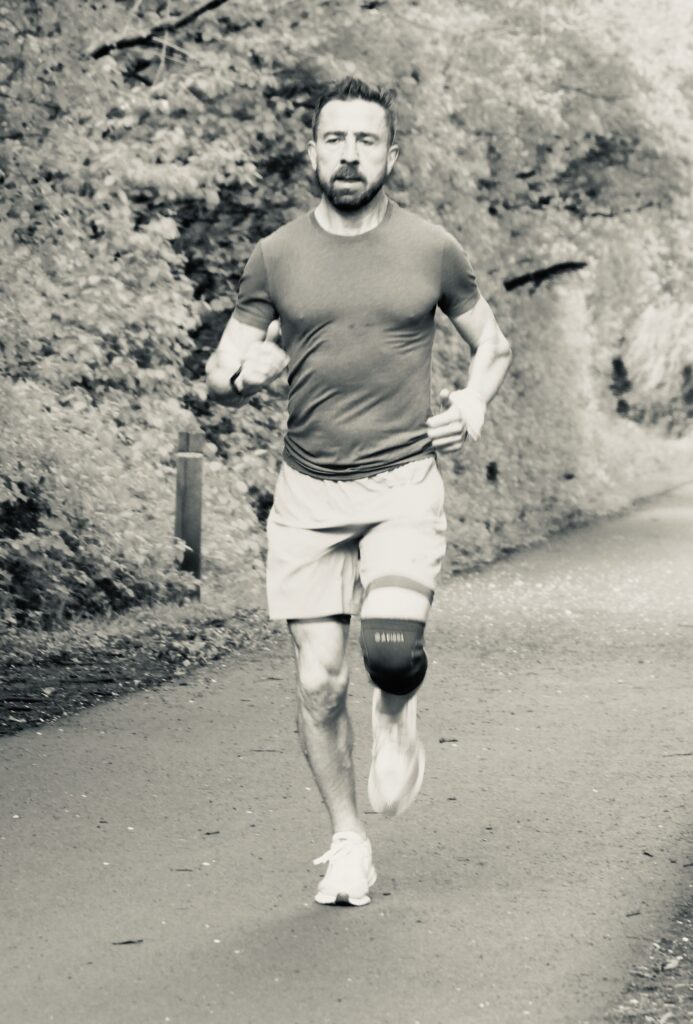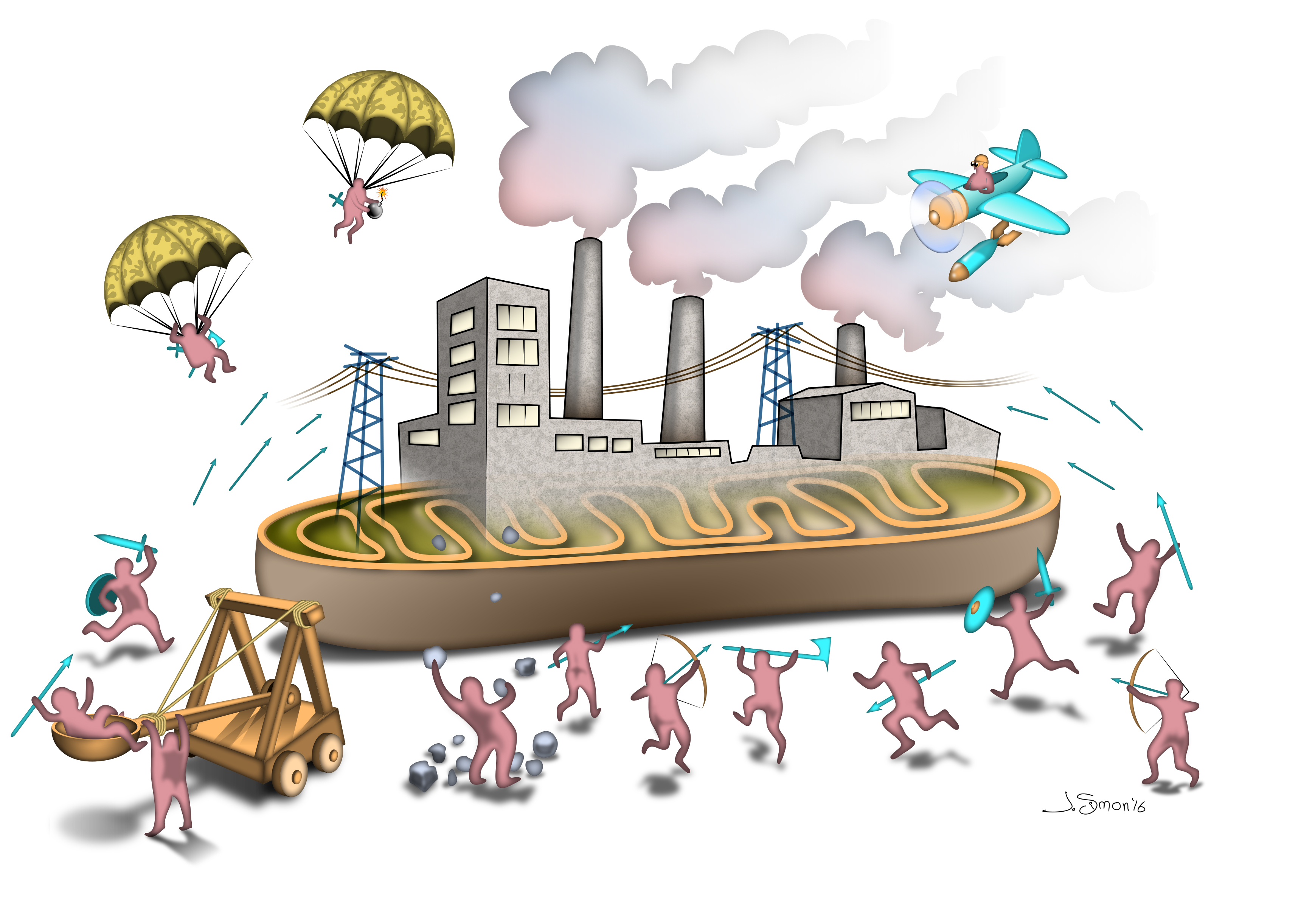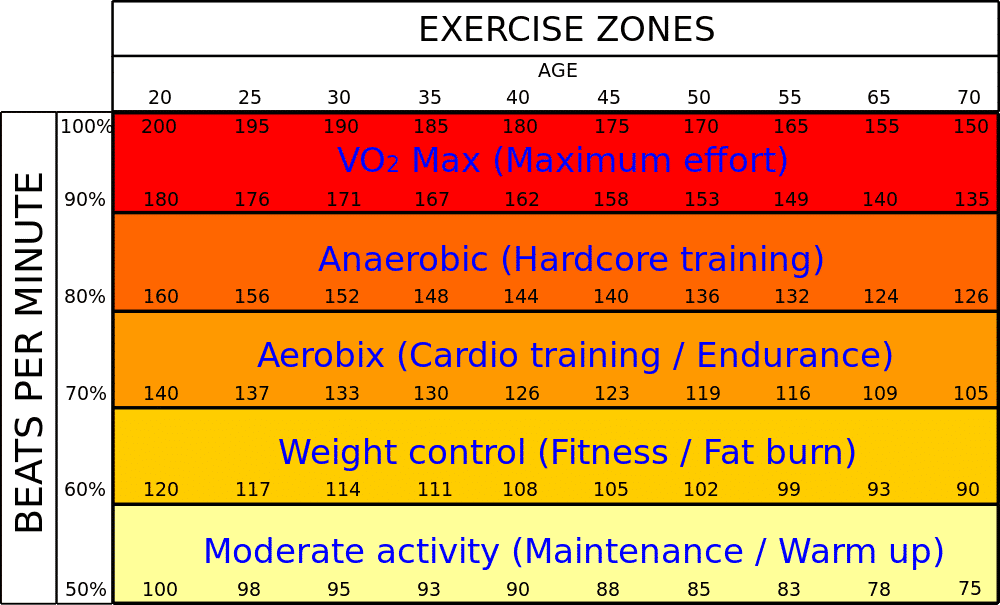
Become Metabolically Flexible And Start Giving Your Body A Break
By Neil O’Hanlon
Hey Folks. I’ll try and keep this really simple for maximum benefit for all of us. You may have heard the words ‘metabolic flexibility’ bandIed around for a while, but what do they actually mean, and how does one become metabolically flexible, and more importantly whats the point? Well, below I’ve gone into my own experiment with this and further down the article I’ll explain the science behind it.

Metabolic flexibility is the capacity to switch between burning carbs and burning fat for fuel. Someone with great metabolic flexibility can burn carbs when they eat them. They can also burn fat when they eat it (or when they don’t eat at all, as in fasting). They can switch between carbohydrate metabolism and fat metabolism with relative ease. All those people who can “eat whatever they want” most likely have excellent metabolic flexibility. Bastards!
Most importantly though, it means we can trust our bodies. The more metabolically flexible we are, the less we have to micromanage our macronutrients and calories. We can just eat and, as long as we stick to whole foods, the satiety signaling we receive will generally be accurate and reliable. Now, I’m not saying that you should overdo things on the eating front, as you can certainly overload the system. Any metabolic system, however flexible, will crumble under the weight of an entire cheesecake. Overall the specific type of calories still matter unfortunately.
Here’s An Example From My Own Experiment Of 1:
Ok, so I went on a journey to get myself in a more metabolically flexible state and creating more ‘mitochondria’ in my body to burn more fat (more on that below). It all starts with knowing at what point you’re burning fat or burning carbs. This all comes down to heart rate, so your aerobic heart rate zone is basically 180 minus your age and this is where you’re burning fat. So let’s say you’re 40 years old, you would take 40 away from 180 which means your maximum aerobic heart beat is 140bpm. Above this number is no longer aerobic. If you go above, you’ve now gone into the black hole of training where there is no benefit other than hurting, fatiguing and overtraining yourself. Don’t get confused with this grey area above the aerobic zone as being the ‘anaerobic zone’, its not. they’re totally different. One zone builds muscle and the other wears it away.

I knew I could race a 10K with a heart rate of 175 BPM at 40 years old. The problem was, I was a sugar burner and not much of my energy was coming from fat stores. If I could refine the metabolic machinery in my body to burn more fat, then I’d be able to generate a ton of energy from my own stored body fat and achieve a better body composition as a result. This is the tricky part. You have to be able and willing to not work harder than 180 minus your age. So for me I had to not work any harder in training than 140BPM. This is where many people struggle. It can be so painful to go that slow as I kept reminding myself I could normally run 7 minute miles at 175BPM but now I can only run 11 minute miles at 140BPM Max.
Why Would I Do This?
The fact that I could only run 11 minute miles at my aerobic limit of 140BPM means I was terrible at burning fat. I needed to get better at burning fat and this is how it goes. Firstly, its not gonna be physically painful, but you may struggle mentally, so you’ll have to leave your ego at home. I continued to practice this type of running and kept gradually increasing more minutes per workout, whilst always keeping my heart rate at or below 140BPM. All of a sudden I’m running 10 minute miles at 140BPM, then its 9 minutes, then 8, then 7 Minute miles again at the lower heart rate. Once I’d got to this point, its now time to add in a little bit of the higher intensity training, so when I do run that 10K race, instead of running 7 minute miles, I’m running 6 Minute Miles at 175 BPM. Don’t worry, I can still run the race at 175 BPM, thats not a problem, but now I’m running 6 minute miles because I’m getting so much more energy from my fat stores and have now become metabolically flexible.

So lets say you’re NOT Metabolically Flexible and how would you know?
Possible Symptoms May Include:

You get sleepy after eating carbs.
You can’t go five hours between eating.
You get the midday crash every day after lunch.
You must snack to sustain your energy levels.
Fasting is difficult, and if you manage to power through the discomfort, you get worse results than you were expecting (muscle loss, very little fat loss).
You can’t function without a steady stream of stimulants, like coffee, tea, or worse.
How Do You Become More Metabolically Flexible

We need to go back to the 80’s and talk Aerobic. Don’t worry no leotard needed or Mr Motivator all in one spandex obscenity. But, aerobic basically means the ability for your body to put oxygen through it and burn fat In an efficient effective manner. Aerobic exercise has the ability to produce more capillaries in your muscles to supply them with more energy and more oxygen.
Mitro…….What The F**K?

Light aerobic exercise has the ability to create more Mitochondria (which is what I mentioned in my experiment). What the f**k are mitochondria I hear you ask? I think of them as little factories or power stations that burn the fat that’s present in the muscle cells. These little fat burners increase in number by performing light aerobic exercise. Aerobic is a much more gentle approach as the term cardio seems to be everything from aerobic to full on HIIT workouts.
So How Do I Get More Mitochondria And Start Burning Fat?

Aerobic exercise is metabolically important and cardio in the traditional sense is metabolically confusing to the body. The problem I see, is that too many people go to the gym to “Burn Fat”, but the fact is you’re not going to burn fat unless you have the machinery (mitochondria) within your body to actually biologically do this. So you could do all the fat burning workouts you want, BUT, if you’re not burning fat in the cells via mitochondria factories its not gonna happen.
The idea behind aerobic activity is to build on the fat burning machinery you’ve started to build with your diet. The majority of your fat burning ability happens as a result of how you structure your eating habits like intermittent fasting. Once you’ve done that you move into the aerobic exercise phase where the good news is, you don’t even have to work that hard to be in the aerobic zone. This is the premise of my 80/20 training techniques in my NO7 programs, so we can become more metabolically flexible and burn fat for energy instead of glycogen or carbohydrate.
How Do I Know I’m In The Aerobic Zone?

The problem is that many people think they have to workout hard all the time. They get confused and truly believe they are in the fat burning zone, but you’re not! You’ve turned off fat burning, as your heart rate is too high and you’re just burning glycogen and carbs and the result of this is always the same. You get home and your absolutely starving so you think you have to replace a ton of carbs that you burned BUT the problem is, fat that you didn’t burn, is still there?
Talk Test

NOW, I get it, some people really struggle to run and keep there heart rate down even at a really slow pace. So, the test instead would be the “Talk Test”. Can you have a conversation whilst running without having to catch your breath? If not you need to go slower to get the same benefits.
And Thats Basically Metabolic Flexibility Chaps
